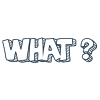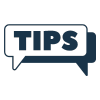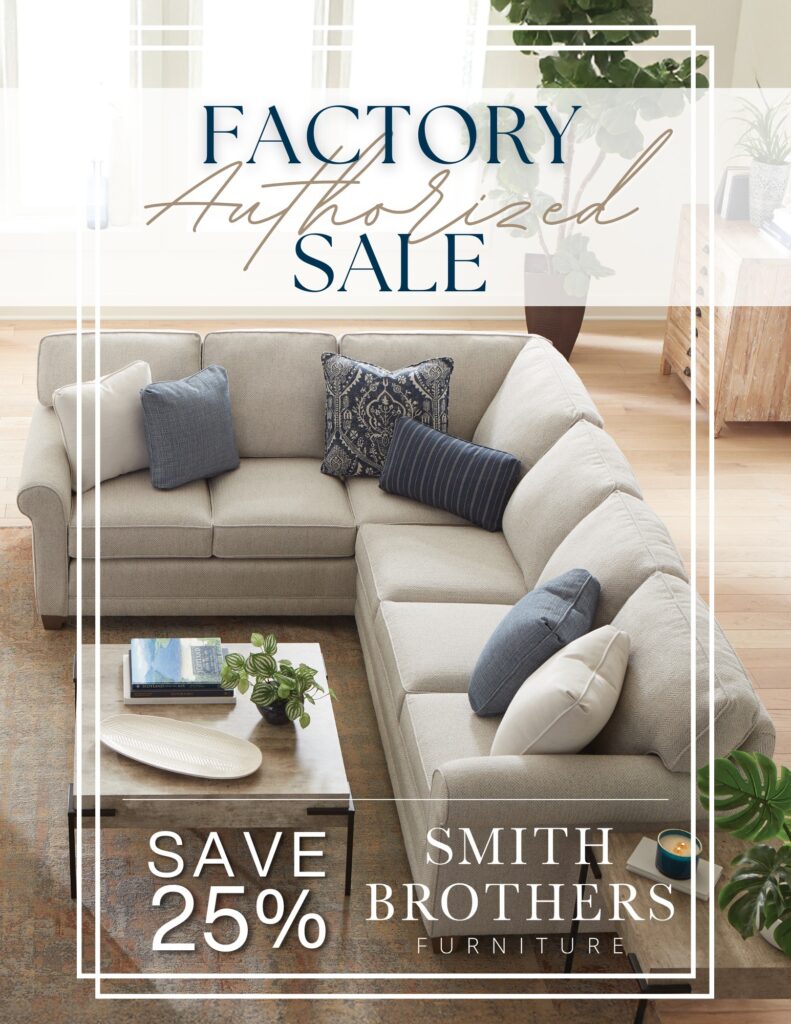Are you drawn to the open, uncluttered feeling of modern style while still craving a cozy, comfortable home?
If so, transitional-style furniture might suit you well. Transitional style combines elements of traditional and modern styles into something that’s pared down, sophisticated, cozy, and timeless.
At The Amish Craftsman, we sell heirloom-quality Amish-made furniture to suit your transitional space, and today, we’d like to explore how to use transitional furniture to style your home.
Let’s dive in!
What Is Transitional Furniture?
Have you ever visited a luxury hotel or resort and admired the muted soft colors, open floor plans, cozy furniture pieces, and delicate balance of harsh and rounded edges?
This is transitional style, a mixture of traditional, modern, and contemporary styles that uses a neutral color palette and layered textures to give coziness and dimension to an open, airy space.
You can use a mixture of modern/contemporary and traditional furniture pieces to get a transitional look, or you can buy transitional furniture that contains both modern and traditional elements.
For example:
- A plush, comfortable-looking couch with clean, simple lines, upholstered in a pale neutral fabric such as white or light beige.
- Tables that incorporate both curves and sharp edges without being too ornate.
- Chairs that are streamlined yet cozy with smooth wood and neutral upholstery.
- Furniture pieces that incorporate mixed materials, such as a metal frame with a glass top or wood with metal elements.
- Furniture with traditional curves simplified into a sleeker design.
Overall, transitional furniture incorporates neutral colors, clean lines, mixed textures, and a comfortable, cozy look.
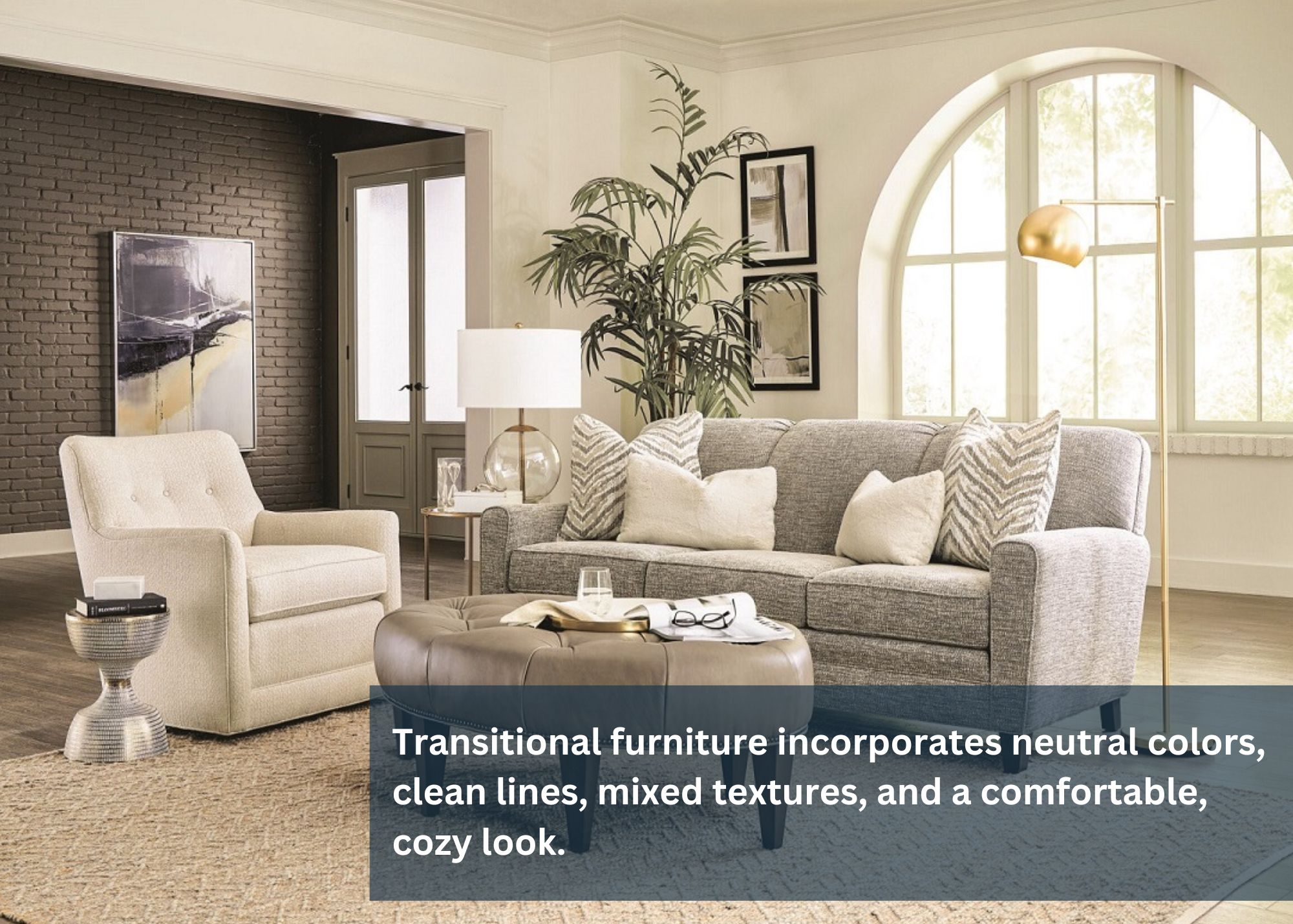
9 Tips For Designing A Room With Transitional Furniture
If you’re drawn to transitional style and looking for ways to design a room with transitional furniture, we’d love to help by sharing our top nine style tips!
Let’s get started.
1. Choose the Right Color Palette
The transitional style is based on a color palette of soft, bright neutrals, such as white, beige, and taupe. Touches of earthy blues, greens, and browns complement these base colors.
Most of the colors in a transitional look will be light-toned, but adding a few deep browns here and there will add subtle contrast.
Some transitional spaces incorporate strategic pops of color, such as one colorful art print or a bouquet of bright flowers. However, since the transitional look is based on neutrals, it may not be the right style for you if you love color.
2. Create Balance
The transitional look is all about balance. Here are some ways to create that balanced, transitional look.
- Balance curves with angles. Make sure to have an even mixture of furniture with clean angles and soft, rounded pieces.
- Balance old and new. Use furniture, art, and decor pieces to contrast old and new. For example, if you have a traditional chair, set it next to a modern art piece.
- Balance “stuffy” and “stark.” Use comfortable furniture, throw pillows, and rugs to keep your room from looking too “stark” while combating the “stuffy” look by keeping the space open and clutter-free.

3. Incorporate Negative Space
Transitional furniture works best against a clean, minimalist backdrop with lots of negative space.
To achieve this look, start, if possible, with an open floor plan. If your home is full of small rooms that can’t be opened up, this might not be the best decor style for you, although you can still achieve the look by being very intentional and minimalist with how you fill the room.
Choose your furniture carefully, and don’t overfill the room. Clear the space of clutter and decorate with a few strategic art and decor pieces. Nothing should feel “crowded.”
4. Floors
Transitional furniture works best with traditional hardwood flooring (or flooring designed to look like hardwood).
Cozy up the space with textured, neutral rugs such as natural jute, seagrass, or vintage rugs in muted colors. You can also choose a neutral modern carpet. A contemporary rug can balance more traditional furniture, while a vintage rug can balance modern furniture.
5. Walls
Paint your walls a white or very light beige to create a bright, airy backdrop for your transitional furniture. Minimalist moldings give your walls a touch of sophistication without overwhelming the space.
6. Comfort and coziness
Transitional style is a reaction to the harsh edges and clinical stark feeling of modern style. Many people love the clean feeling of modern style but also want to be comfortable.
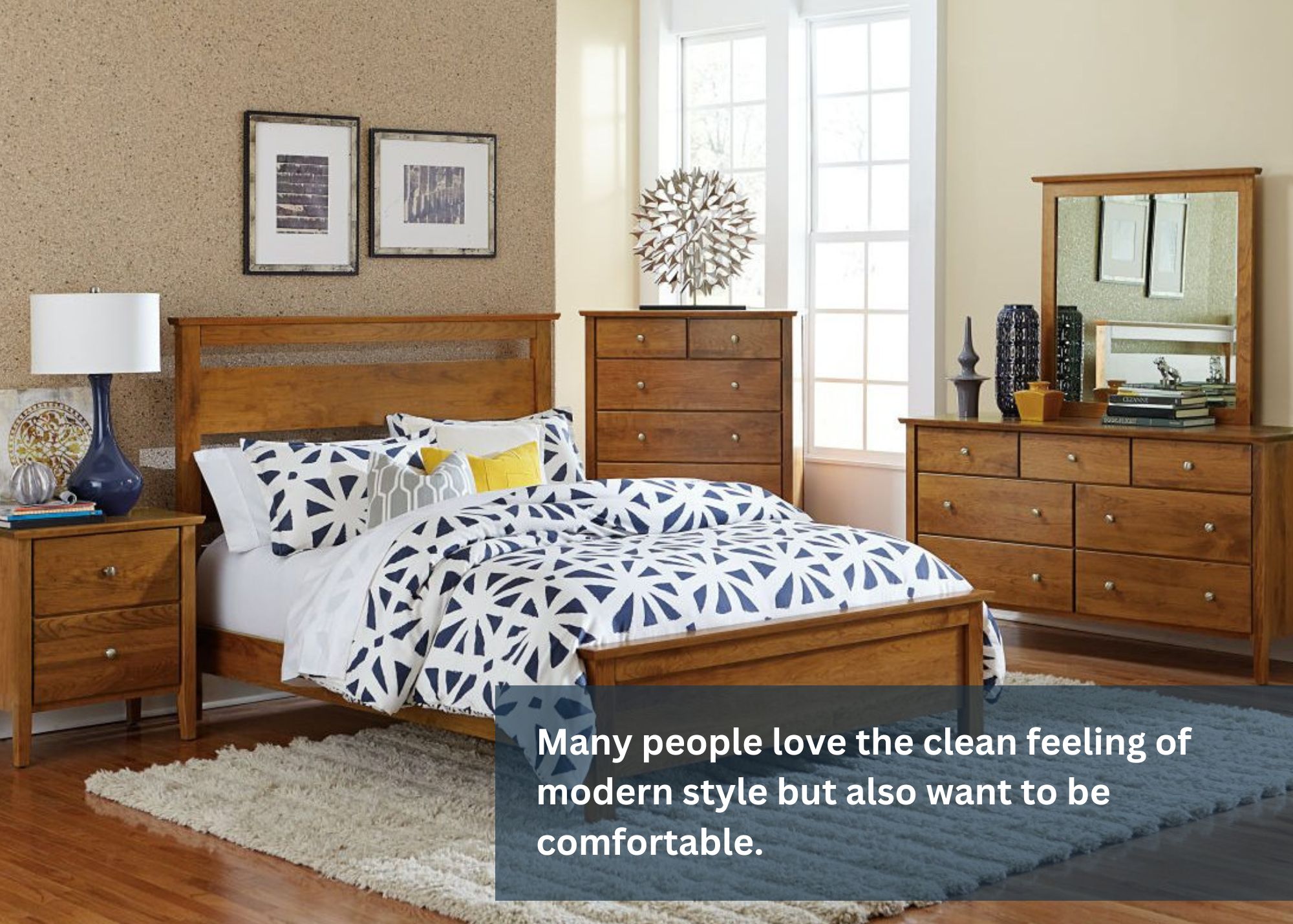
To that end, transitional style aims to bring back coziness. Nothing in your transitional room should feel too formal. Choose comfy, deep chairs and couches, and incorporate pillows and throw blankets.
7. Textiles and decor pieces
When choosing pillows, throw blankets, curtains, and other textiles for your transitional space, create contrast with texture and hue rather than color.
Decor pieces should also be neutral, with a focus on texture and hue. If your room is full of light neutrals, a few dark brown decor pieces, such as pottery vases, add a lovely subtle contrast.
Strategically placed house plants also add a bit of life to the room but don’t overwhelm the space with plants.
8. Art
Instead of cluttering the walls with lots of small intricate art pieces, most transitional rooms incorporate a few larger modern art pieces in neutral colors.
Traditional art can work, too, if it’s in a suitable color scheme and not too ornate. Old-fashioned landscape paintings go beautifully in a transitional space and can help balance more modern elements.
You can use art as the focal point of the room but only do so if it’s a piece you absolutely love. Make sure your art adds to the cozy feel of the room and doesn’t overwhelm the space.
9. Incorporate trends
Finally, it’s important to note that transitional style isn’t just a blend of traditional and modern styles; it also incorporates contemporary style.
“Modern” and “contemporary” are often used interchangeably, but they’re not exactly the same. “Modern style” rose to popularity in the mid-1900s and was characterized by minimalism and harsh angles. “Contemporary,” on the other hand, simply refers to whatever is popular right now. “Contemporary” style will be different in ten years than it is today.
Transitional style doesn’t simply seek to balance modern and traditional styles; it also aims to feel fresh and current by incorporating various contemporary trends.

So whatever the interior designers on Instagram are excited about—whether it’s house plants, strings of wooden beads, or mid-century modern record cabinets—you can make it work in your transitional space as long as you don’t over-clutter it.
Where to Find High-Quality Transitional Furniture
Since transitional style incorporates modern and traditional furniture, you can find furniture for your transitional home at most furniture stores. You may even find transitional pieces at thrift stores or on Facebook Marketplace.
However, if you follow that route, you may end up with shabby or poor-quality pieces that aren’t quite what you’re looking for.
High-quality heirloom furniture is difficult to find. But don’t worry! Here at The Amish Craftsman, all of our pieces are expertly handcrafted by Amish furniture makers, and we make plenty of furniture in the transitional style. For example:
- Comfortable sofas and sectionals in white, cream, or light beige upholstery
- Wingback chairs that take a traditional shape and make it more streamlined and modern
- Dining sets with subtle curves and padded seats
- And much more!
We also write helpful articles for your furniture journey, including:
- How to Choose the Best Wood Type for Your Furniture
- A Peek into the Art of Furniture Customization
- Exploring the Unmatched Durability of Amish Hardwood Furniture
We would love to help you find the perfect transitional furniture for your dream home. Schedule your free design consultation for a meaningful, no-pressure conversation to discuss what you’re looking for and explore your options.




